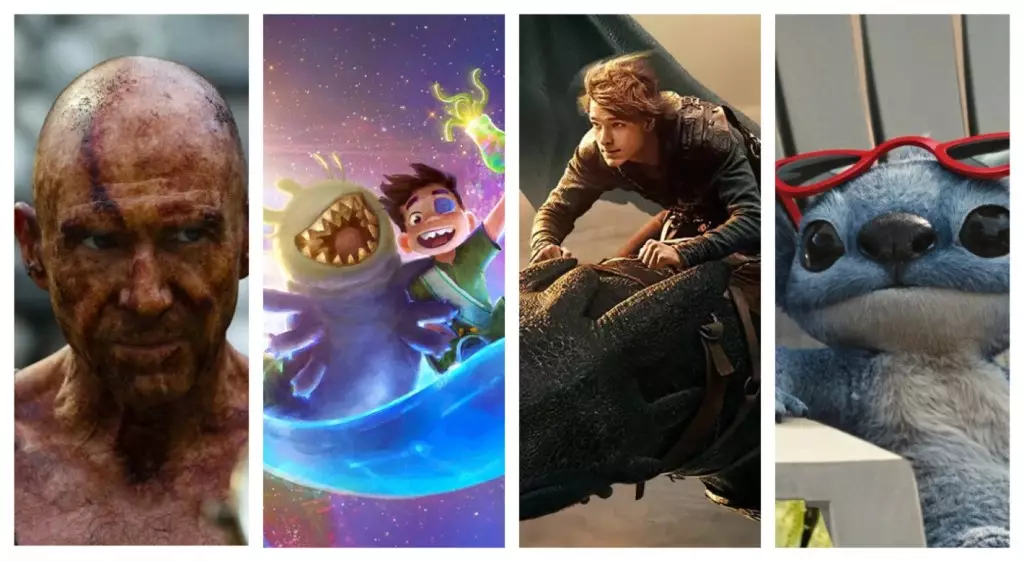Danny Boyle’s return with *28 Years Later* has taken the global box office by storm, earning an impressive $60 million during its opening weekend. Such figures don’t just signify a monetary victory; they represent a critical resurrection of a franchise that has long lingered in the shadows of cinematic history. While some may view it as just another horror flick, it’s essential to appreciate how this film transcends conventional genre limits, appealing not only to hardcore fans but also to a broader audience who craves substance alongside sheer entertainment.
The film’s performance is particularly noteworthy, splitting its take evenly between domestic and international box offices, with both sides contributing $30 million. This balance speaks volumes about the film’s international appeal and its capability to resonate in diverse markets. The fact that *28 Years Later* outperformed similar horror titles and achieved higher international numbers than other franchises speaks to the meticulous craftsmanship of Boyle as a director and storyteller.
The Competition Landscape
In comparison to other recent horror releases, *28 Years Later* shot ahead of films like *A Quiet Place: Part II* and *Evil Dead Rise*. Being part of a crowded genre, this bold advancement indicates that Boyle has potentially redefined expectations for what a horror movie can achieve at the box office. It suggests a resurgence in high-quality, auteur-driven narratives, as filmmakers push the envelopes of creativity amid a digital age where cinematic experiences often feel formulaic.
Moreover, the strong footing in markets like the UK, Mexico, and parts of the Middle East highlights not just an affinity for horror but also an appetite for nuanced storytelling that characterizes Boyle’s work. The film’s Christmassy tonal quality of dread combined with socio-political nuances may just have been the magic potion that sets it apart from its peers.
Disney’s Diminished Magic
In stark contrast, Disney’s animated film *Elio* stumbled out of the gate with a disappointing $35 million. The stark discrepancy between the two films’ fortunes raises questions about the contemporary state of family-oriented entertainment. Despite early projections being optimistic, *Elio* failed to capitalize on its young audience demographic, which speaks to a larger issue: audiences are growing weary of a formula that seems all too familiar. How long can a studio continue to rely on nostalgic, child-centric narratives without freshening the approach?
This underwhelming debut could reflect broader industry trends where even established giant studios face potential pitfalls. As the animated landscape continues to expand, Disney must strive for originality instead of rehashing past successes, especially when its competition is diversifying. With children’s school holidays yet to commence, the studio may indeed have time to recover, but the lukewarm response from audiences indicates that a hollow release won’t suffice.
A Call for Change in Animation
Animation, once perceived as a fail-proof genre, finds itself at a crossroads. Disney’s challenge is deeper than merely crafting slight variations on existing characters. The industry is in desperate need of innovation. Audiences have shown that while franchises can open doors, franchises alone are not enough to sustain a robust box office. The cinematic landscape is continuously evolving, and action must be taken to stay competitive.
*Elio* had a promising foundation but relied too heavily on established formulas that have worked in the past, neglecting the opportunity to explore narratives that could touch a chord with contemporary culture. As newer companies rise to prominence, their willingness to experiment with storytelling could signal a seismic shift in what audiences desire.
In a marketplace where box office values are swiftly climbed and then subsequently scrutinized, it is essential for production houses to align with the expectation of viewers’ evolving tastes. The triumph of *28 Years Later* serves not just as a win for horror aficionados but as a loud wake-up call for studios to embrace anything more than stale formulas. The success of Boyle’s narrative integrity has created a roadmap that many should consider retracing in order to breathe life into a stagnating industry.

